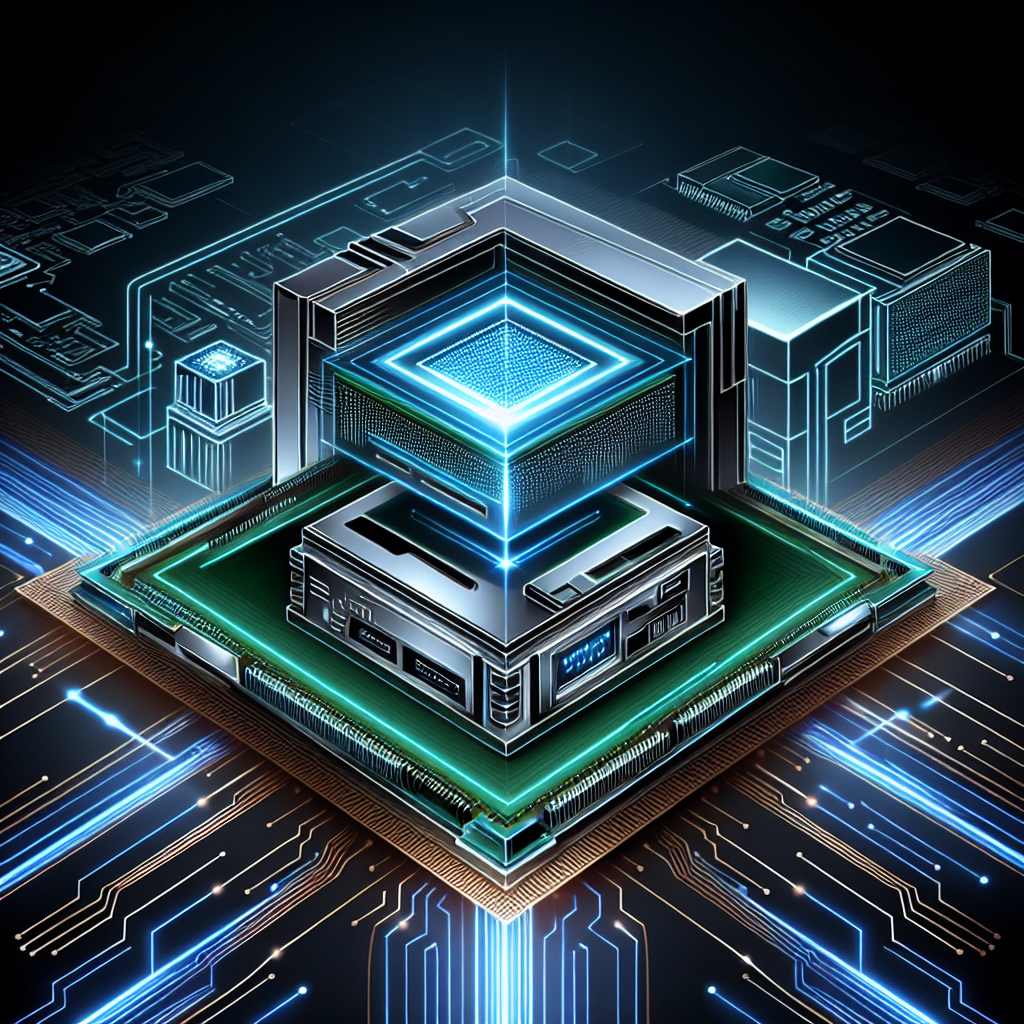
In a bold move to revolutionize the computing landscape, Intel has unveiled its Panther Lake architecture, heralding a new era in artificial intelligence-powered personal computing. This announcement comes alongside the introduction of the Intel Core Ultra series 3 processors, which set to capitalize on cutting-edge 18A semiconductor technology—the most advanced process ever developed and manufactured in the United States.
Panther Lake represents a significant advancement in both performance and efficiency for Intel’s client processors. Featuring up to 16 performance cores (P-cores) and efficient cores (E-cores), it promises more than a 50% increase in CPU performance compared to its predecessor. Additionally, users can expect an astounding uplift in graphics performance through the inclusion of the new Intel Arc GPU, which carries up to 12 Xe cores, designed specifically for high-intensity graphical applications.
The architecture also prioritizes artificial intelligence acceleration through a balanced XPU design that can achieve up to 180 TOPS (trillions of operations per second). This potent combination of computational and graphical prowess positions Panther Lake as an invaluable asset across various sectors, including consumer electronics, gaming devices, and edge computing solutions.
Central to the Panther Lake architecture are several groundbreaking technologies set to redefine efficiency standards in the computing industry. The introduction of RibbonFET represents Intel’s first new transistor architecture in over a decade, facilitating greater scalability and reducing energy consumption through efficient switching mechanisms. Moreover, the innovative PowerVia technology offers enhanced power flow and signal delivery, ensuring optimal functionality in a compact design.
Intel’s commitment to American manufacturing stands solidly behind the Panther Lake architecture, with both the Panther Lake and its server counterpart, Clearwater Forest, set to be produced at Fab 52 in Chandler, Arizona. This strategic move symbolizes Intel’s dedication to advancing domestic technology, manufacturing resilience, and maintaining a reliable semiconductor supply chain.
Intel CEO Lip-Bu Tan emphasized the importance of this milestone, stating, “We are entering an exciting new era of computing, made possible by great leaps forward in semiconductor technology that will shape the future for decades to come.” The implications are clear: Panther Lake’s capabilities will act as catalysts for innovation, not just within Intel’s own operations, but across a wide array of sectors reliant on high-performance computing.
A notable feature of the Panther Lake architecture is its scalable, multi-chiplet design, which provides unparalleled flexibility for business partners. Whether targeting budget-friendly options or high-end gaming solutions, this architecture accommodates various form factors and market segments effectively.
The Panther Lake platform is also set to extend its influence beyond conventional personal computing. Applications in the field of robotics are particularly noteworthy, with Intel developing a dedicated Robotic AI software suite and reference board aimed at allowing consumers and businesses to harness the power of AI in real-time from edge devices.
As the Panther Lake architecture gears up for release later this year, tech enthusiasts and industry leaders alike are keenly observing its development. The anticipated gains in performance metrics, coupled with power efficiency improvements, make this an exciting venture for Intel as it positions itself at the forefront of future computing technology. This strategic initiative aligns with broader industry trends towards edge computing and AI integration, highlighting Intel’s efforts to remain competitive during a rapidly evolving technological landscape.
In conclusion, Intel’s Panther Lake architecture signifies not merely an upgrade but a transformative leap in personal and commercial computing. By leveraging advanced technology alongside a robust manufacturing strategy, Intel is setting a new benchmark in AI capabilities—a move that not only benefits consumers but also significantly enhances the operational toolkit available to businesses and investors alike.

Leave a Reply